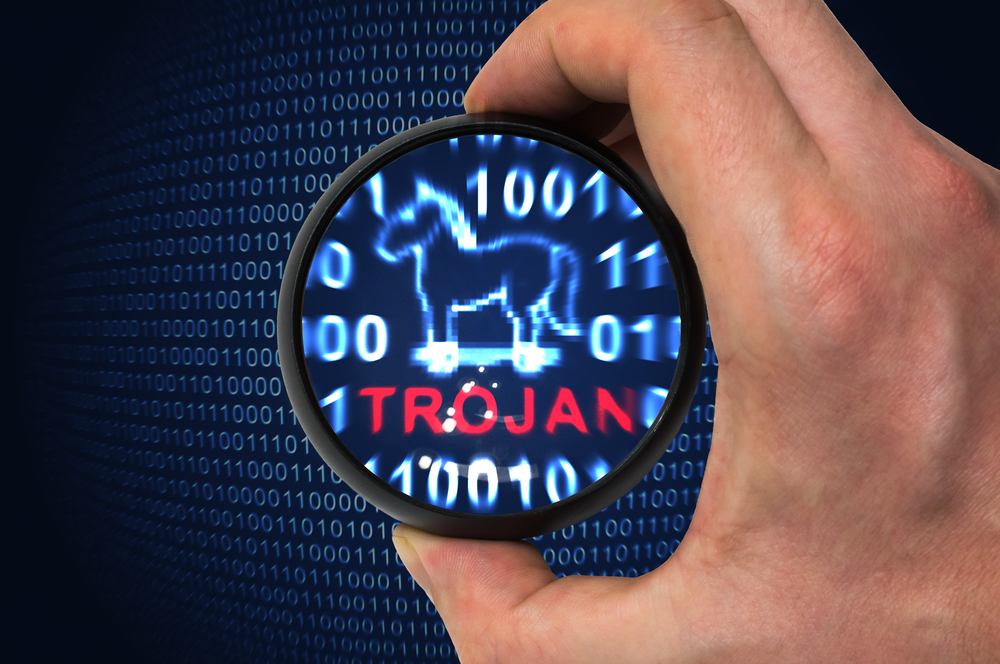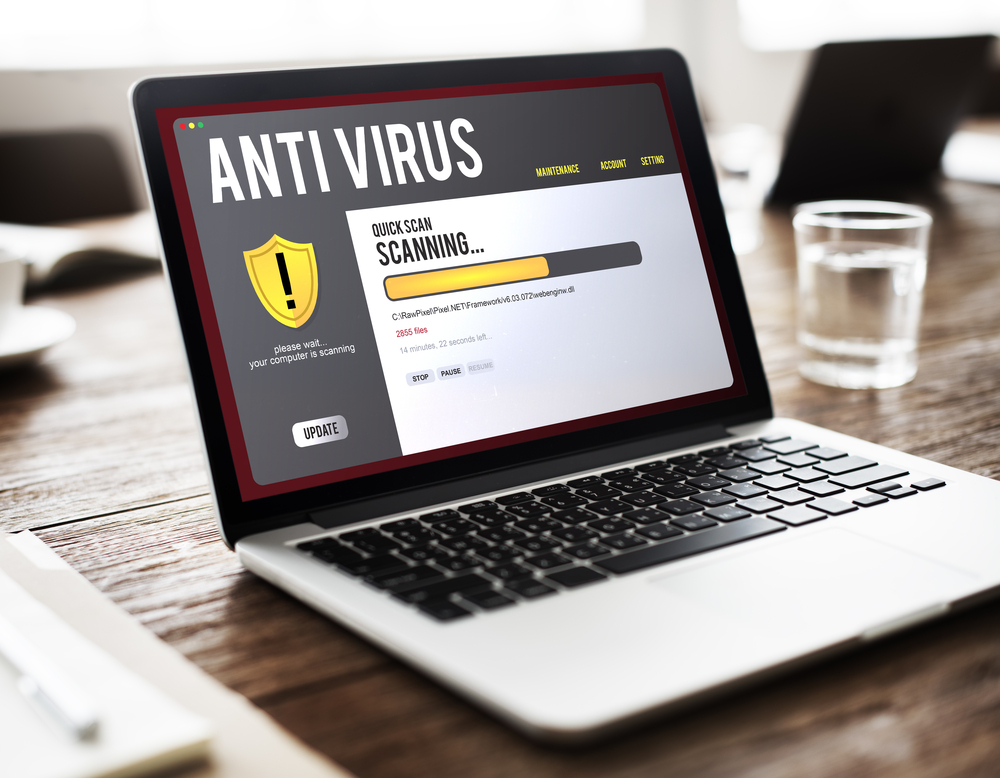Comprehensive Guide to Anti-Spam and Antivirus Security Solutions
This comprehensive guide elaborates on anti-spam and antivirus solutions, emphasizing their roles in safeguarding digital assets. It covers malware types, spam filtering techniques, legal regulations, and best practices for virus detection. Staying updated with these tools is crucial for personal and organizational cybersecurity. The article also highlights the importance of legal frameworks and continuous vigilance against evolving cyber threats to maintain a secure computing environment.

Understanding the Crucial Role of Anti-Spam and Antivirus Software in Cybersecurity
In today’s digital age, cybersecurity has become more critical than ever. With the proliferation of malware, hacking attempts, and spam, protecting your personal and organizational data is essential. Malware such as viruses, spyware, adware, worms, and Trojans pose significant threats to computing systems, compromising data integrity, privacy, and financial security. To counter these threats, advanced antivirus and anti-spam solutions have been developed and refined over the years. These tools are designed not only to detect and eliminate malicious software but also to filter unwanted communication, ensuring a safer digital environment.
Understanding Malware and Antimalware Strategies
Malware, encompassing viruses, worms, Trojans, spyware, and adware, is malicious code created to infiltrate, damage, or exploit computer systems. Viruses, for example, are programs that attach themselves to legitimate files and replicate, often corrupting data or slowing system performance. Worms are similar but can spread autonomously across networks, causing widespread disruption. Trojans disguise themselves as harmless applications, tricking users into installing them. Spyware secretly monitors user activity, stealing sensitive information like login details or financial data. Adware bombards users with unwanted advertisements, degrading system performance.
To effectively combat these varied threats, cybersecurity experts have developed robust antivirus software, which continuously scans systems for known malware signatures, heuristics, and suspicious behavior. Modern antivirus solutions are capable of real-time protection, automatic updates, and thorough system scanning. They utilize extensive virus signature libraries and employ heuristic analysis to identify newly emerging threats, even those not yet cataloged. Regular updates and multi-layered security measures are vital for keeping systems resilient against sophisticated malware.
Spam and Anti-Spam Technologies
Spam refers to unsolicited messages sent in bulk, often via email, and sometimes through messaging apps. While many spam messages are merely annoying, a significant portion can be malicious. Spammers often use spam to promote scams, counterfeit products, or phishing schemes that aim to steal personal or financial information. Phishing emails typically imitate legitimate organizations and include links to fake websites designed to harvest user credentials or install malware.
Effective anti-spam measures involve advanced filtering systems that scrutinize incoming messages for signs of spam or phishing. These systems analyze various email attributes, such as sender reputation, message content, embedded links, and attachment types. Techniques like Bayesian filtering use probability models to distinguish between legitimate and spam messages based on analyzed data patterns. Additionally, IP monitoring, domain reputation assessments, and blacklists further enhance spam filtering accuracy.
Despite the sophistication of anti-spam tools, no system can detect all malicious messages entirely. Cybercriminals continuously adapt their tactics, creating new ways to bypass filters. Therefore, it remains essential for users and organizations to stay vigilant by educating themselves on identifying suspicious emails and practicing safe browsing habits.
Legal Regulations and Their Impact on Spam Prevention
Various jurisdictions worldwide have enacted laws to regulate electronic communications, aiming to reduce spam, telemarketing, and deceptive practices. Legislation such as the CAN-SPAM Act in the United States, the Privacy and Electronic Communications Regulations in the EU, and similar laws in other countries set standards for commercial messaging. These laws typically require senders to obtain explicit consent, include clear opt-out options, and disclose sender identities. They also impose penalties for violators, encouraging organizations to adopt responsible communication practices.
Beyond legal measures, technological solutions also play a critical role in spam mitigation. Anti-spam software uses statistical, heuristic, and machine learning techniques to analyze email traffic and detect unwanted messages based on criteria like suspicious sender IPs, unusual message content, or known spam signatures. These tools help prevent spam from reaching inboxes, thereby reducing security risks associated with malicious emails.
Viruses and Their Threat to System Integrity
Viruses represent one of the most pernicious forms of malware, capable of corrupting or destroying data, stealing sensitive information, and even hijacking entire systems. They are often hidden within seemingly innocuous downloads, email attachments, or compromised websites. Symptoms of virus infections include sluggish system performance, frequent crashes, unauthorized access to files or accounts, and network connectivity issues.
Detecting and removing viruses require up-to-date antivirus solutions that compare system files against comprehensive virus signature databases. These databases are continuously updated with new threat signatures as cybercriminals develop fresh malware variants. Modern security software also employs heuristic analysis to identify suspicious behavior, enabling the detection of unknown or polymorphic viruses that evade signature-based detection.
To enhance protection, users should implement regular system scans, enable real-time protection, and keep all software, including operating systems and security tools, up to date. This layered approach minimizes vulnerabilities and ensures that malicious code is detected and eradicated promptly, safeguarding personal and organizational data.
In conclusion, robust anti-spam and antivirus solutions are indispensable components of comprehensive cybersecurity strategies. They help prevent data breaches, protect privacy, and ensure smooth system performance. Staying informed about the latest threats and maintaining proactive security measures are essential steps in navigating today’s complex digital landscape.





